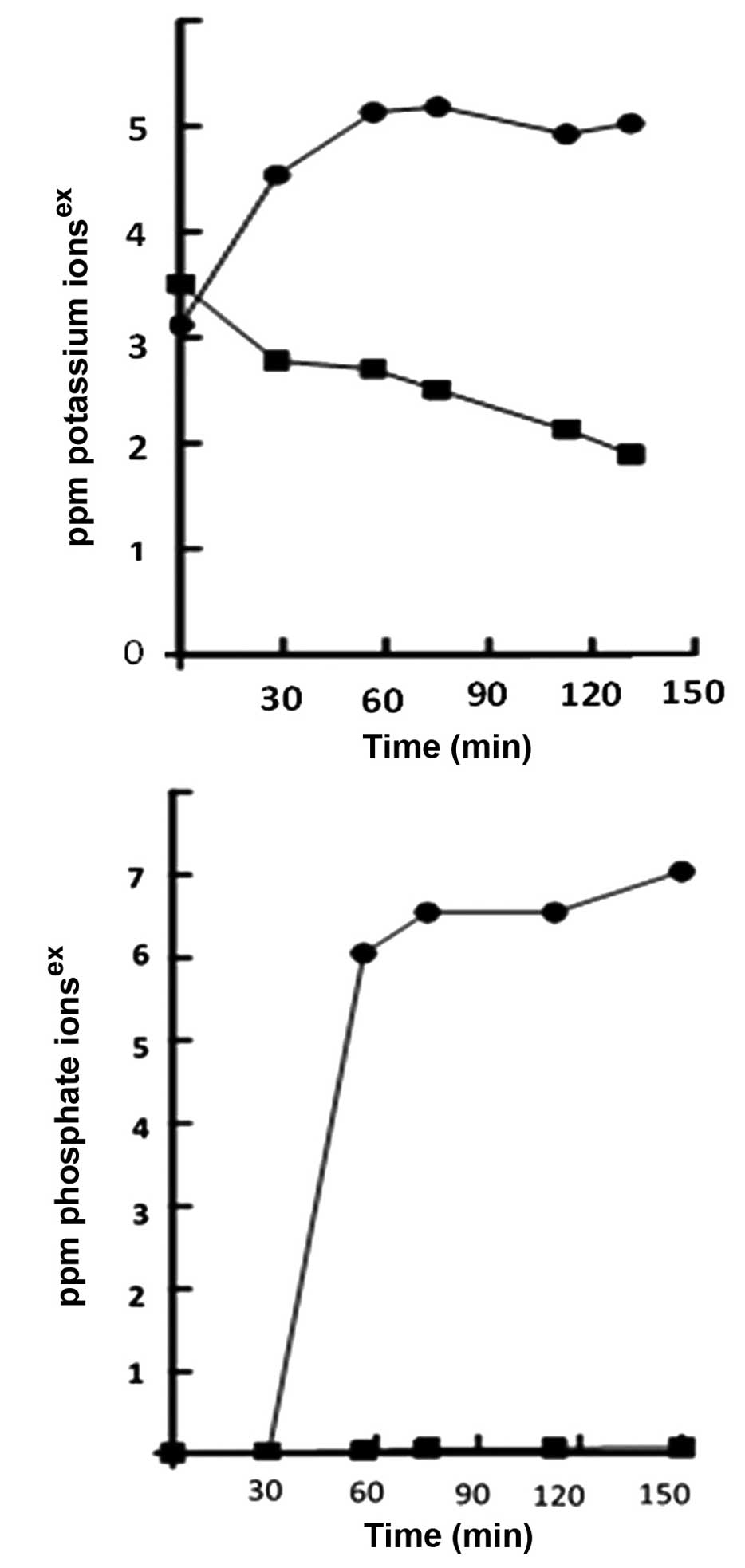Antibacterial activity and mode of action of the Artemisia capillaris essential oil and its constituents against respiratory tract infection-causing pathogens
- Authors:
- Published online on: December 17, 2014 https://doi.org/10.3892/mmr.2014.3103
- Pages: 2852-2860
Metrics: Total
Views: 0 (Spandidos Publications: | PMC Statistics: )
Total PDF Downloads: 0 (Spandidos Publications: | PMC Statistics: )
Abstract
Inhalation therapy using essential oils has been used to treat acute and chronic sinusitis and bronchitis. The aim of the present study was to determine the chemical composition of the essential oil of Artemisia capillaris, and evaluate the antibacterial effects of the essential oil and its main components, against common clinically relevant respiratory bacterial pathogens. Gas chromatography and gas chromatography‑mass spectrometry revealed the presence of 25 chemical constituents, the main constituents being: α‑pinene, β‑pinene, limonene, 1,8‑cineole, piperitone, β‑caryophyllene and capillin. The antibacterial activities of the essential oil, and its major constituents, were evaluated against Streptococcus pyogenes, methicillin‑resistant Staphylococcus aureus (MRSA), MRSA (clinical strain), methicillin‑gentamicin resistant Staphylococcus aureus (MGRSA), Streptococcus pneumoniae, Klebsiella pneumoniae, Haemophilus influenzae and Escherichia coli. The essential oil and its constituents exhibited a broad spectrum and variable degree of antibacterial activity against the various strains. The essential oil was observed to be much more potent, as compared with any of its major chemical constituents, exhibiting low minimum inhibitory and bacteriocidal concentration values against all of the bacterial strains. The essential oil was most active against S. pyogenes, MRSA (clinical strain), S. pneumoniae, K. pneumoniae, H. influenzae and E. coli. Piperitone and capillin were the most potent growth inhibitors, among the major chemical constituents. Furthermore, the essential oil of A. capillaris induced significant and dose‑dependent morphological changes in the S. aureus bacterial strain, killing >90% of the bacteria when administered at a higher dose; as determined by scanning electron microscopy. In addition, the essential oil induced a significant leakage of potassium and phosphate ions from the S. aureus bacterial cultures. These results indicate that the antibacterial action of A. capillaris essential oil may be mediated through the leakage of these two important ions. In conclusion, A. capillaris essential oil exhibits potent antibacterial activity by inducing morphological changes and leakage of ions in S. aureus bacterial cultures.













